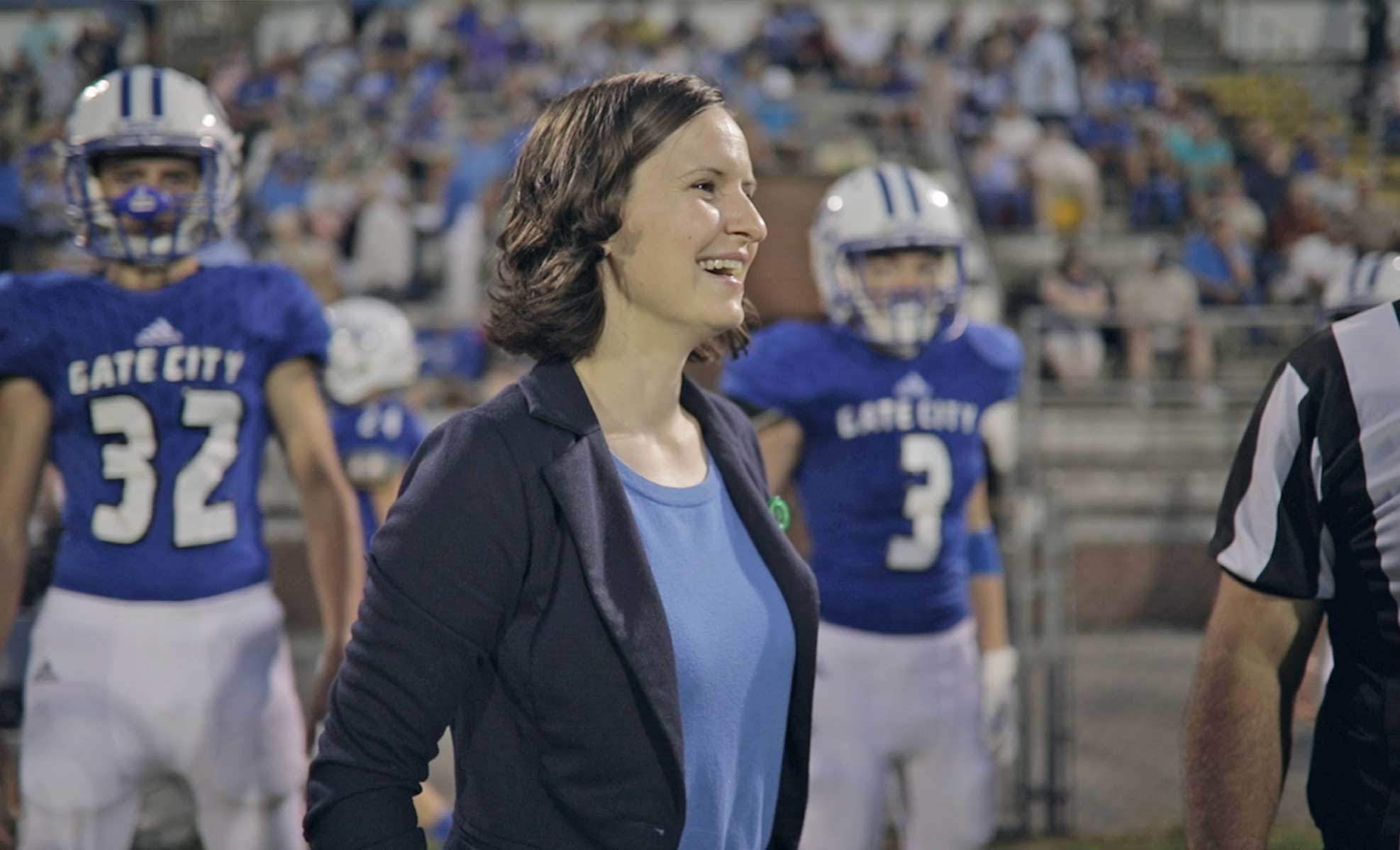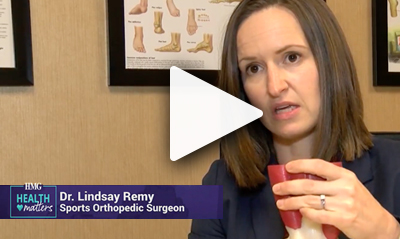Though the temperatures still read “summer,” the football fields around the area tell us that fall sports season is here.
With athletes and coaches preparing for all kinds of sports this school year — and the return of weekend leagues for adults — it’s a great time to remember that training for the season doesn’t start on the first day of practice. Just like students who want to avoid the “summer slide” in math and reading, athletes can avoid injury with gradual conditioning to try to remain healthy all season long.
1: Understand Which Injuries Are Preventable (and Which Aren’t)
The most common injuries we see at the beginning of the season are “overuse” injuries, or those caused by athletes that try too hard right out of the gate. These are usually injuries like shin splints or shoulder tendonitis, both of which are preventable.
Some of the more severe injuries that I treat include high ankle sprains, meniscus tears, and ACL tears. Athletes with these injuries will likely lose all or part of their season. But some of these, too, can be preventable.
If athletes don’t maintain conditioning throughout the year, they are more likely to suffer some kind of body fatigue injury when the season starts. Working to strengthen the core, hips and thighs is a great way to keep knees healthy and prepared for sudden stops and starts, like those seen in football, soccer, tennis, and baseball.
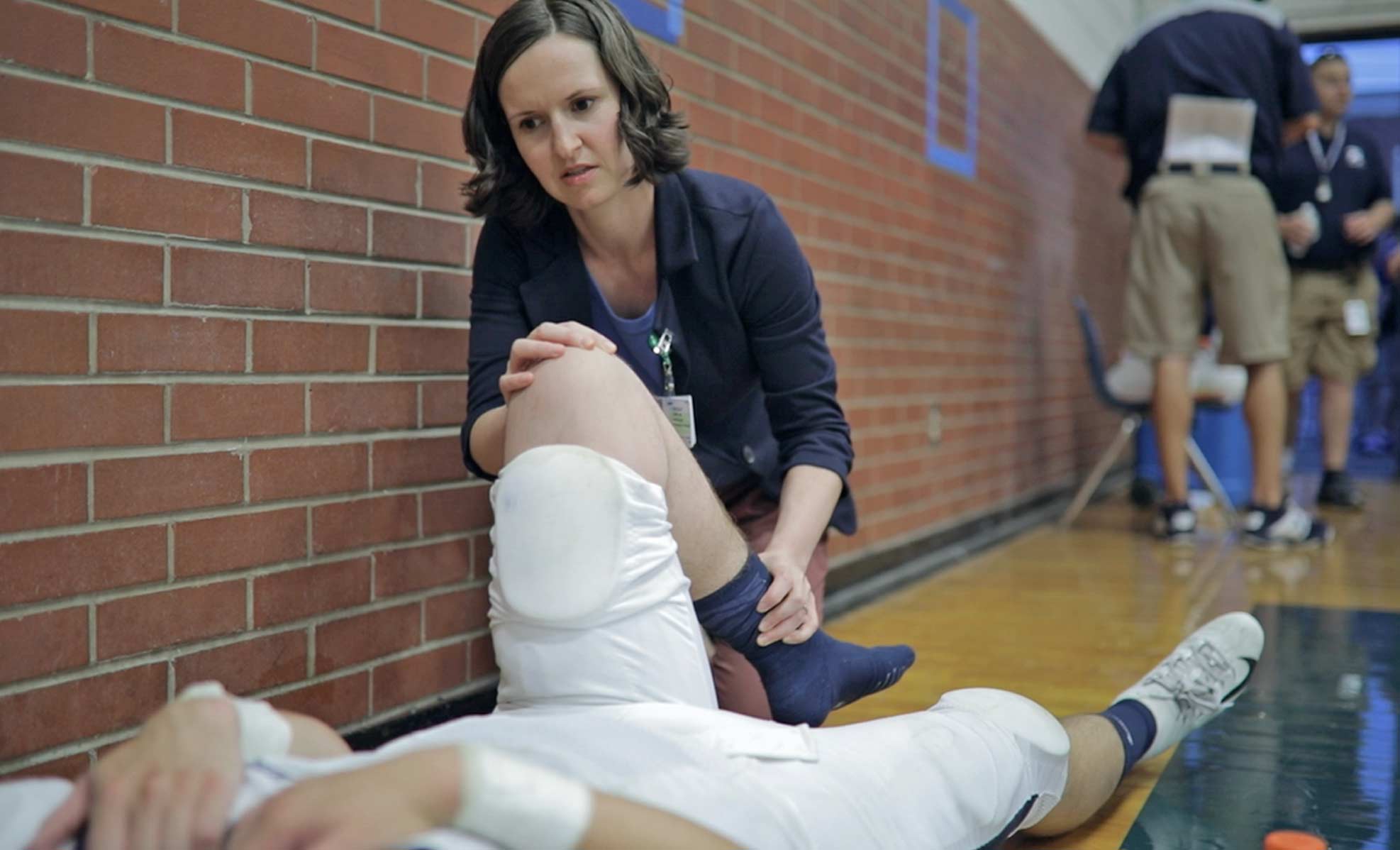
2: Keep Cross Training Consistent
Cross training is so important. Football players shouldn’t only be playing football, and soccer players can’t always be playing soccer. The biggest key to keeping the body prepared for the main sport is to train away from the field.
If the core is strong then the lower body is more likely to stay healthy, too. This doesn’t just mean running in the off season. Yoga, barre, pilates and other low-impact exercises are great for core training.
An athlete could have worked all summer on drills for her sport, but to start Day 1 with high-intensity workouts in the same sport dramatically increases the chance for injury because other parts of the body have been ignored.
Coaches also need to remember to gradually increase workouts during the season. For the athletes who are behind on their conditioning, chances of injury are worse if they don’t have time to catch up.
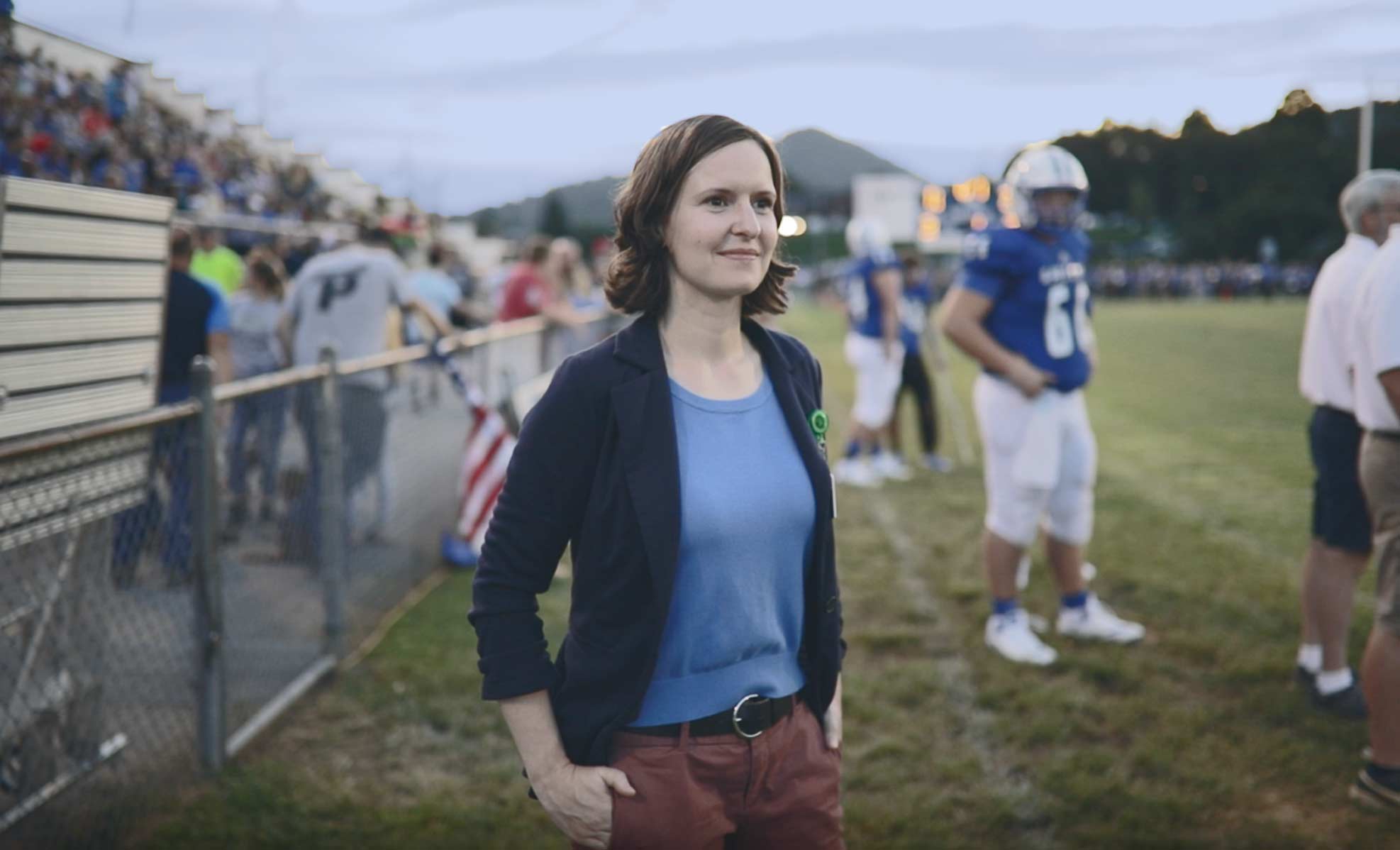
The preseason and off season are the best times to try other sports and work other muscles. Single-sport athletes are more likely to suffer injuries earlier in their careers because of overusing the same specific areas.
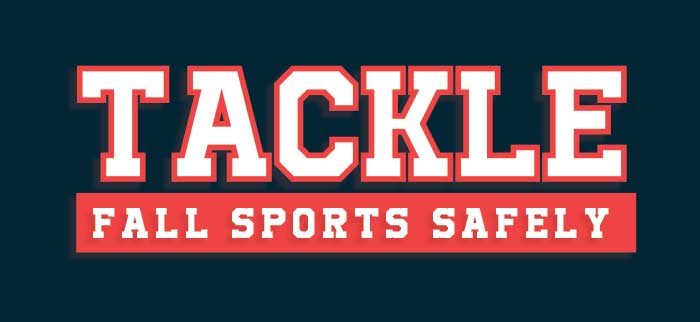 ACL Injury & Prevention Infographic: Click Here
ACL Injury & Prevention Infographic: Click Here3. Reduce Knee Strain with Exercises
There are many easy exercises that can be done that can help you avoid a trip to the sports medicine office. These are great for athletes of all sports, not just those in the fall. Basketball players — who don’t play until the winter season — can start working on these now to increase their chances for a safe season. The more preseason preparation the better!
4. Know What to Do If an Injury Happens
Even perfect training can’t avoid all injuries. A slip on a wet field or a collision in practice will send anyone into our office. The Holston Medical Group team approach will help you get back into the game as soon as your body is ready.
We offer two walk-in orthopedic clinics, in both Bristol and Kingsport, with sports medicine physicians and physical therapy teams. I also perform highly advanced surgeries, such as cartilage restoration procedures and meniscus transplants and we have a MAKO robotic arm for precision assistance on joint replacements.
Injury recovery doesn’t stop after the surgery is over or the cast comes off. To fully return to play, athletes should be familiar with their physical therapist. At HMG, our therapists are trained on a cutting-edge treatment called “Blood Flow Restriction Therapy,” which is being used in the NBA and NFL to increase muscle mass and help blood flow after an injury. I love using this technology to help my patients perform at their best as well.


